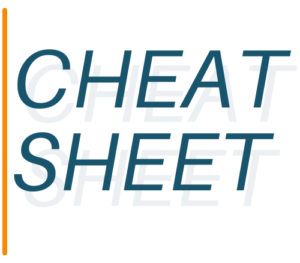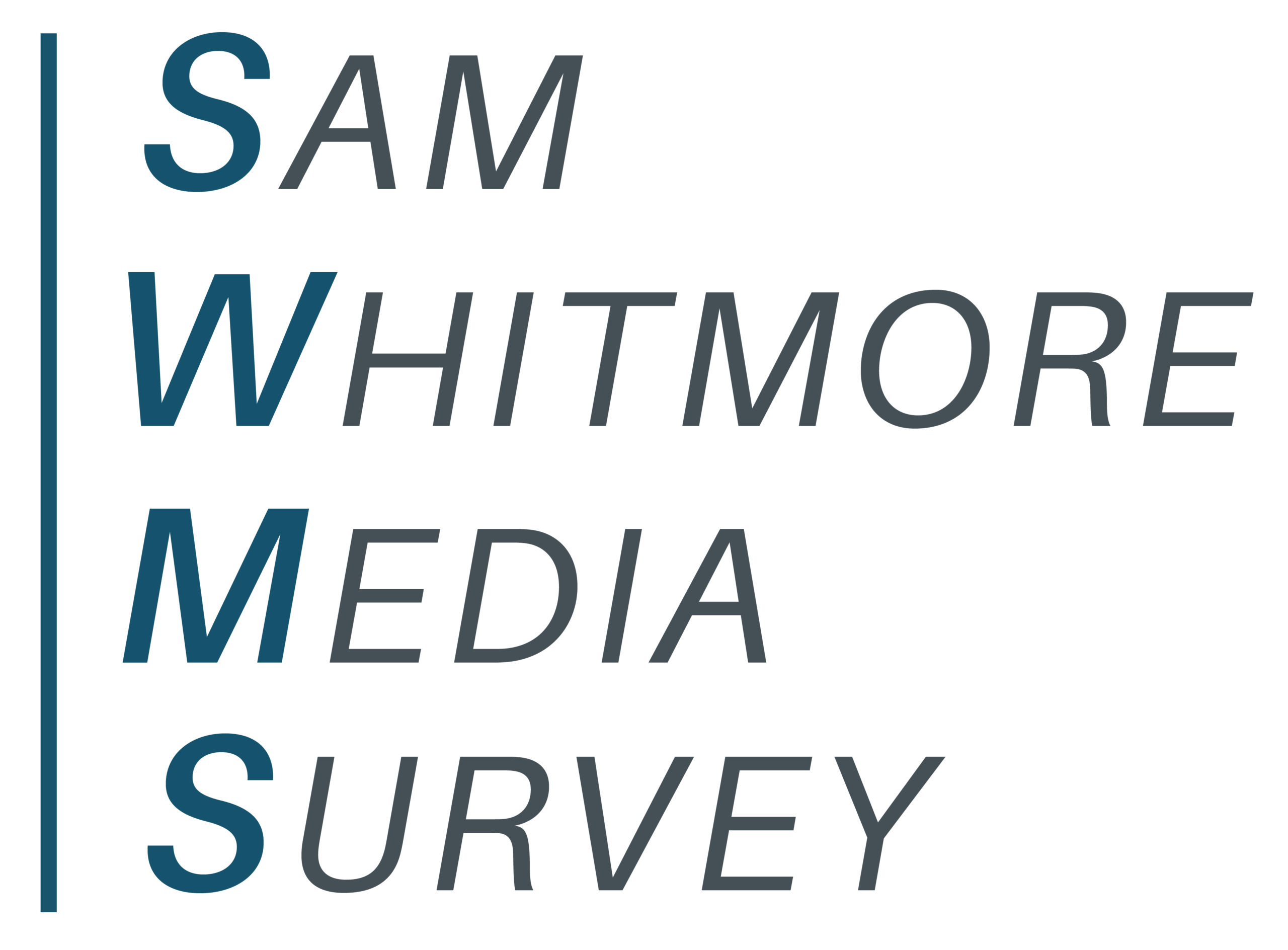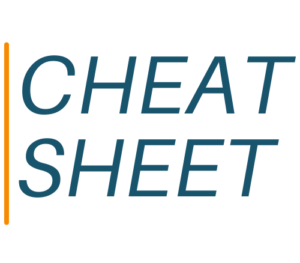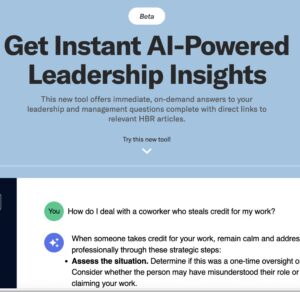
Cheat Sheet Lite: MarTech/CX Newsletters
Here are 14 paths for you if you seek newsletters that are updated frequently in martech and consumer experience, or CX. Let’s call this a “cheat sheet lite” because there is no author information here. That said, these links will save you time.




